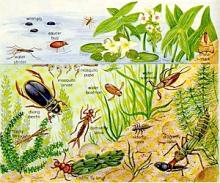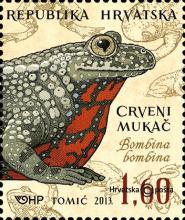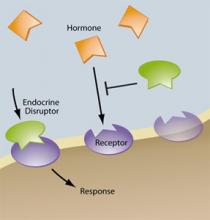Bloembollentelers in actie voor natuurlijker manier van telen
Over 3 jaar kunnen bloembollentelers toe met de helft minder chemische bestrijdingsmiddelen en kunstmest. Dat stelt de nieuwe regionale vereniging 'Natuurlijk leven, natuurlijk telen'. Zes grote bollenkwekers uit Noord-Holland Noord zijn hierbij aangesloten. Het vrijwillig streven naar 50% reductie is een doorbraak in de gangbaar werkende bloembollenbranche. De vereniging is opgericht vanuit het vak. Chemische middelen tasten het bodemleven ernstig aan en zijn schadelijk voor het milieu, erkennen de aangesloten telers. "Als we niet oppassen zijn de bollengronden over dertig jaar volledig dood. Een middel als metam-natrium, veel gebruikt in de lelieteelt, legt het bodemleven 3 maanden stil. Het loopt verkeerd af als we onze wil blijven opleggen aan de natuur." Om meer bijval te krijgen gaat de vereniging aan de slag met 40.000 euro subsidie van de Europese Unie. In januari worden in 't Zand cursussen gegeven voor bloembollenkwekers om over te schakelen op een meer natuurlijke manier van werken.










